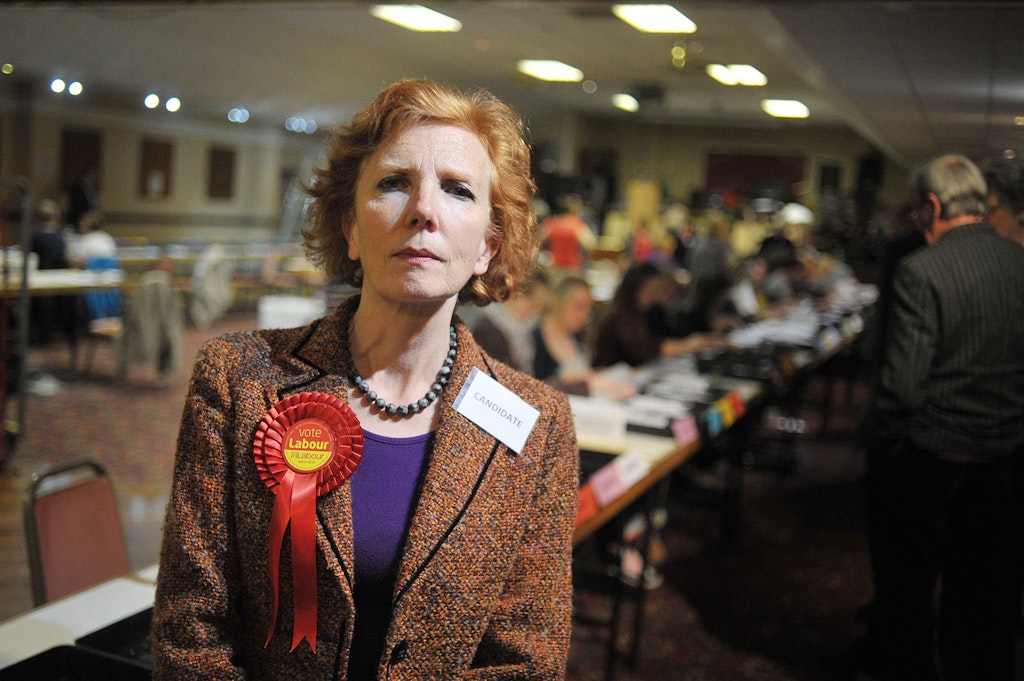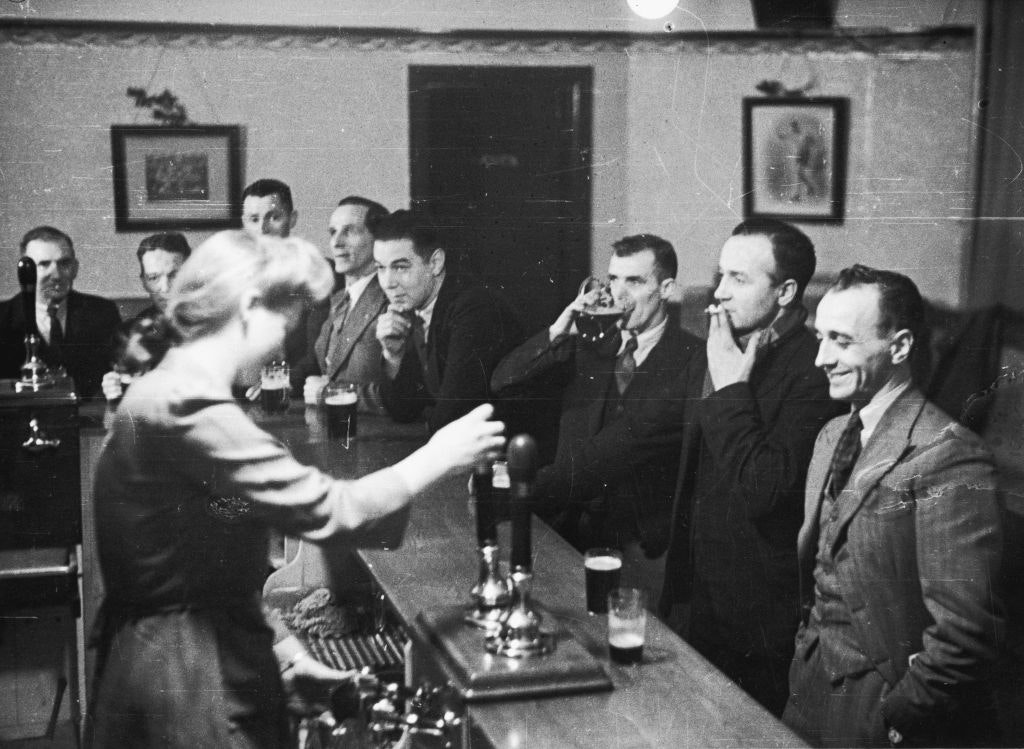9/11 confidential
This 9/11 documentary gained extraordinary access to the key decision makers, deploying the material with skill and confidence
This article is taken from the October 2021 issue of The Critic. To get the full magazine why not subscribe? Right now we’re offering five issue for just £10.
I never met my cousin Leon Lebor, but I wish I had. His grandfather and mine were brothers, two of seven siblings, so there are a lot of us. Leon was born deaf, and although he found joy in his life, he also experienced some difficult times. He grew up in London, trained as a furrier, met an American woman and moved to the United States. But the marriage did not work out.
For a while he relocated to Israel, but struggled with learning sign Hebrew, so returned to the US. There he found a job at the World Trade Centre as a janitor. Leon was very popular with his colleagues. “He loved what he did and the tenants loved him,” his supervisor recalled.
The forensic narrative is delivered steadily, with no hype or hysteria and is utterly compulsive viewing
When the airplane hit the tower, Leon was still inside the building. There are differing accounts, but we still don’t know for sure the details of his last moments or where he was at the end.
In the first week after 9/11, his brother David buzzed Leon’s pager more than 100 times, hoping that he had survived. “In my heart of hearts, though,” wrote David in a eulogy, “I knew that he was dead.”
Leon was 51, one of around 3,000 people who were killed on September 11, 2001, or died in its aftermath. His remains were recovered, “found in a pool of water and mud at Ground Zero, crushed but almost whole, preserved, barely by the skin that wrapped him both in life and death”.
We all remember where we were when the planes hit. I was in Budapest, where I then lived, in an office with other reporters. The footage of the airplanes smashing into the skyscrapers is seared onto my memory.
But perhaps the most haunting image is the photograph now known as the Falling Man, one of the many, who rather than be incinerated, jumped to their deaths. The Falling Man plummets head-first, like an arrow, aimed at the ground. The drop took about ten seconds.
The aftermath of 9/11 triggered libraries-worth of books, reports and documentaries. What’s been missing is a detailed look at how the various arms and agencies of the U.S government reacted in real-time as the attacks unfolded. It’s a gap ably filled by the BBC documentary 9/11: Inside the President’s War Room.
Directed and produced by the award-winning documentary maker, Adam Wishart, this outstanding programme takes us into the very heart of the US Presidency during America’s worst crisis. This is history unfolding at the key turning point of the modern era: minute by minute, sometimes second by second, related by those who were there, in the rooms or on Air Force One, the presidential airplane.
One of the most jaw-dropping moments in the programme is when Dick Cheney recalls ordering US fighter jets to “take it out”
Wishart has gained extraordinary access to the key decision makers and deploys his material with skill and confidence. The forensic narrative is delivered steadily, with no hype or hysteria and is utterly compulsive viewing. The interviewees include President Bush, Vice-President Dick Cheney and Condoleeza Rice, the former National Security Adviser, all of whom, 20 years on, speak with an often surprising candour.
As the attacks continued, the US government did not fully understand what was happening or the scale of the assault. “I wanted to get home but I was being told that it was unsafe,” recalled President Bush.
One answer, officials thought, was to keep the President airborne. But for a while they believed — wrongly — that Air Force One, the US presidential airplane, was itself a target. The pilot posted a security officer at the base of the stairs that led to the cockpit with instructions that nobody was to be allowed upstairs. “Think about that,” recalls Ari Fleischer, the former White House press secretary, “the inner sanctum of the inner sanctum and the pilot is worried that someone in the president’s circle could try to conduct an inside job and take down Air Force One.”
There were four hijacked flights that day: two hit the World Trade Center towers and one smashed into the Pentagon. The target of the fourth plane, United Airlines Flight 93, was likely the Capitol or the White House itself. One of the most jaw-dropping moments in the programme is when Dick Cheney recalls ordering US fighter jets to “take it out”. By then Flight 93 had crashed into a field in Pennsylvania, after the passengers and crew bravely fought back against the hijackers.
September 11, 2001 reshaped our world. The Taliban, who once hosted Al-Qaeda, have taken power in Afghanistan, armed with state of the art American weaponry. Soon after Kabul fell in August, Zaki Anwari, a 19-year-old footballer who had played for the Afghan national team, climbed onto the landing gear of a US military transport plane. After the airplane took off Zaki plummeted to his death. Almost 20 years to the month after 9/11, its victims are still falling.
Enjoying The Critic online? It's even better in print
Try five issues of Britain’s most civilised magazine for £10
Subscribe














